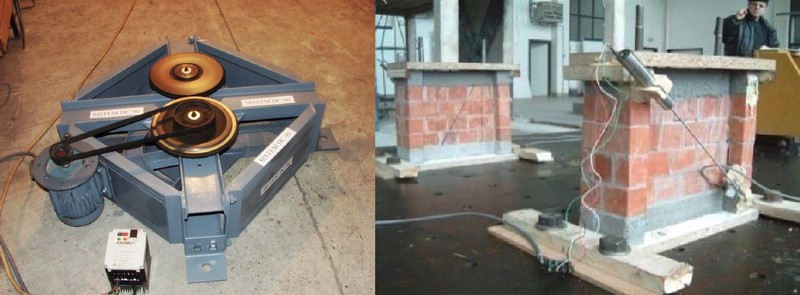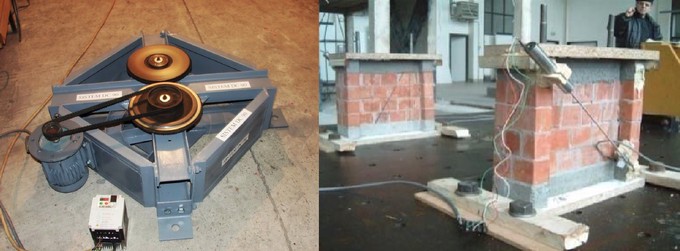
Low-cycling fatigue of a damper-seismic energy absorber of DC-90 system under uni-axial stress

Low-cycling fatigue of a damper-seismic energy absorber of DC-90 system under uni-axial stress
Abstract
Goal of this research, based on theory of fracture mechanics at low-cycle fatigue, physical-chemical structure of the steel material from which the structure of damper-absorber is made, as well as on numerous results of investigation and testing of models and structures, is to understand behavior and discover the relationships important for definition of the mathematical model for practical use as well as for further innovation of the devices for control of hysteretic behavior. In addition, it is necessary to find the realistic dependency of the accumulated strain in function of number of the cycles of a Damper DC 90 and other elements of the structure, because the existing relationships and knowledge in the area of low number of cycles are not covered enough. Material behavior in plastic range is defined by three characteristics: yielding condition, flow rule and hardening rule of the material. The main goal of this dissertation is to determine the influence of number of the cycles, accumulated strains as well as the low cycling fatigue to design of the damper of the DC 90 system. First of all, this dependency could be defined by experimental testing, based on which, a numerical model could be formulated or the theoretical bases could be modified. In case of an earthquake action, the damper DC-90 is subjected to low-cycling fatigue of material. The stress exceeds the yielding level, the material can sustain small number of cycles and it is very important to define the number of cycles which leads to final collapse of the damper. Besides that, it is necessary to define the model for design of desirable hysteretic diagram of the damper-absorber of System DC 90 seismic energy under low-cycle uniaxial strain.